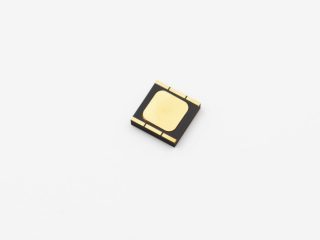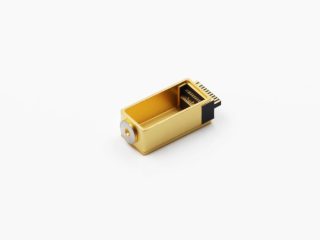
Every craftsman is familiar with a soldering iron. It melts solder (a metal alloy with a low melting point), allowing the two materials to be heated and melted through a central point. It is especially convenient for merchants such as electronics technicians, jewelers, and metal workers.
It’s also safer and more accurate than melting with other heating tools like torches, and there’s almost no risk of igniting or burning the material you’re using. To learn more about what soldering irons do, here are 10 ways to do it:
- Roofing welding business
Roofers often use solder to fuse the components of a copper roof. It is also used to make sparkling roofs. Since roofs do not need to be handled with the same precision as small parts, soldering irons commonly used for roofs have a wide tip that heats up quickly and is usually gas-assisted to retain their heat in windy conditions. - Weld metal sinks
Domestic metal sinks are welded together. It’s similar to what roofers use to make shiny roofs. Welding creates a permanent bond that makes the sink leak proof. Rainy days are definitely convenient! - Weld stained glass and Mosaic
The beautiful patterns of different colors that you see in stained glass and mosaics are held together by solder. These usually require a stronger 100-watt soldering iron, as well as other tools such as a glass cutter or glass grinder. - Welding of the plastic circuit board
As one of the most common uses for electric soldering irons, plastic circuit boards are used in electronics. The metal alloy of the solder establishes a continuation of the current when connecting two wires. This required precision often means using more precise tools, including temperature control of the soldering iron. - Solder for electrician
Just like circuit boards, electricians use soldering irons to splice wires in residential or commercial wiring. They also use them to fuse wires in electrical terminals or control panels. - Car maintenance solder
Although solder is not strong enough to repair engines, it is commonly used to fill irregular Spaces, smooth rough surfaces, or tighten joints. It can also be used to fill holes, fuse metal plates, and tin metal plate edges to do body repairs on your car. - Household welding tools
Another common use for soldering irons is DIY home projects by home artisans. This broad theme means that there are a variety of soldering tools to choose from, such as soldering pencils or soldering guns, in addition to the typical soldering iron. - Jewelry welding
This is another industry that requires very high precision, and jewelers often use soldering pens or irons with interchangeable soldering tips to improve accuracy. Solder also has a high silver content.
Because oxides form when metal is heated, jewelers often use borax flux to reduce oxidation and help maintain work quality. - Welding vacuum tubes
For metal-ceramic connections, vacuum tubes can be welded into sealants and insulating parts. This is important in electronics because the near vacuum allows electricity to flow freely. - Pipe welding
To be on the safe side, plumbers use lead-free solder when connecting water pipes. While large projects can often be done with a welding torch, in some cases they need to work in tight Spaces where soldering irons are safer and easier to handle.
That’s right! Soldering irons not only have several different uses, but also several different types.INNOVACERA produces ceramic heating elements for soldering irons and has cooperated with a number of well-known electronic tools.
Our heating element is the PROCESS of MCH (Metal Ceramics Heater). It is the material of tungsten, molybdenum, molybdenum, manganese, and other high melting points Metal heating resistance paste is printed on 92 ~ 96% alumina flow ceramic green billet according to the requirements of heating circuit planning, with 4 ~ 8% sintering agent multi-layer superposition. At 1500 ~ 1600°C under high temperature burning into one body has the advantages of corrosion resistance, high temperature resistance, long life, high efficiency and energy saving, uniform temperature, good thermal conductivity, thermal compensation speed, and does not contain lead, cadmium, mercury, hexavalent chromium, polybrominated biphenyl, polybrominated diphenyl ethers, and other harmful substances, in line with the European Union RoHS environmental protection requirements. It is another generation product after alloy heating wire and PTC heating element.
If you have relevant requirements, feel free to contact us. Customized is accepted.




 Enquiry
Enquiry